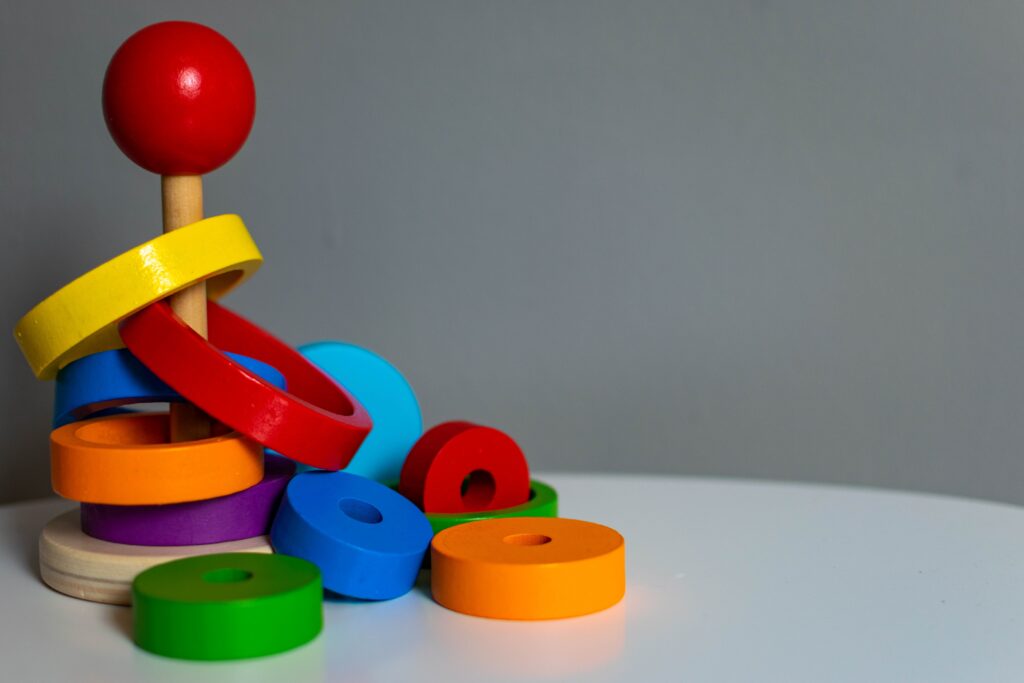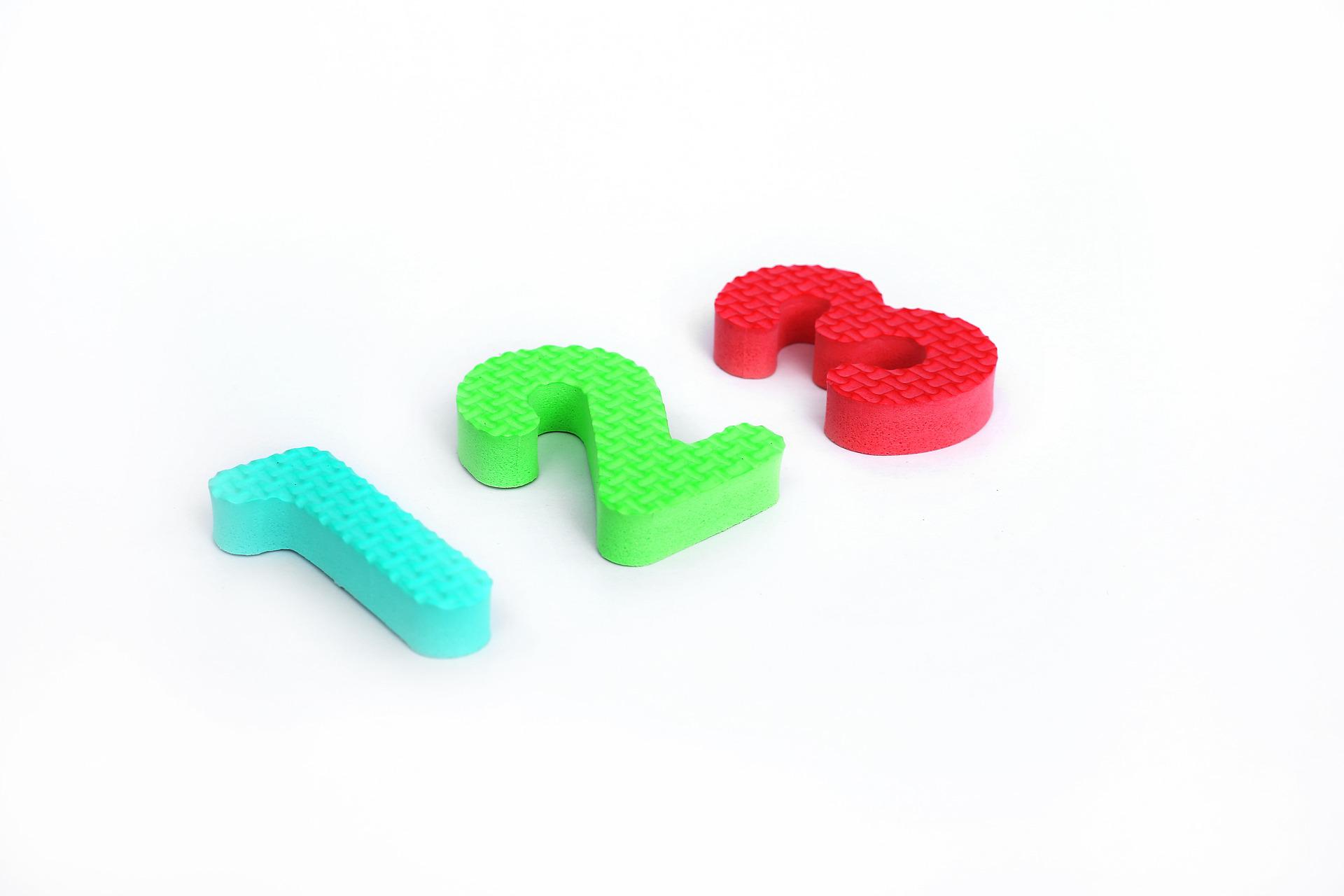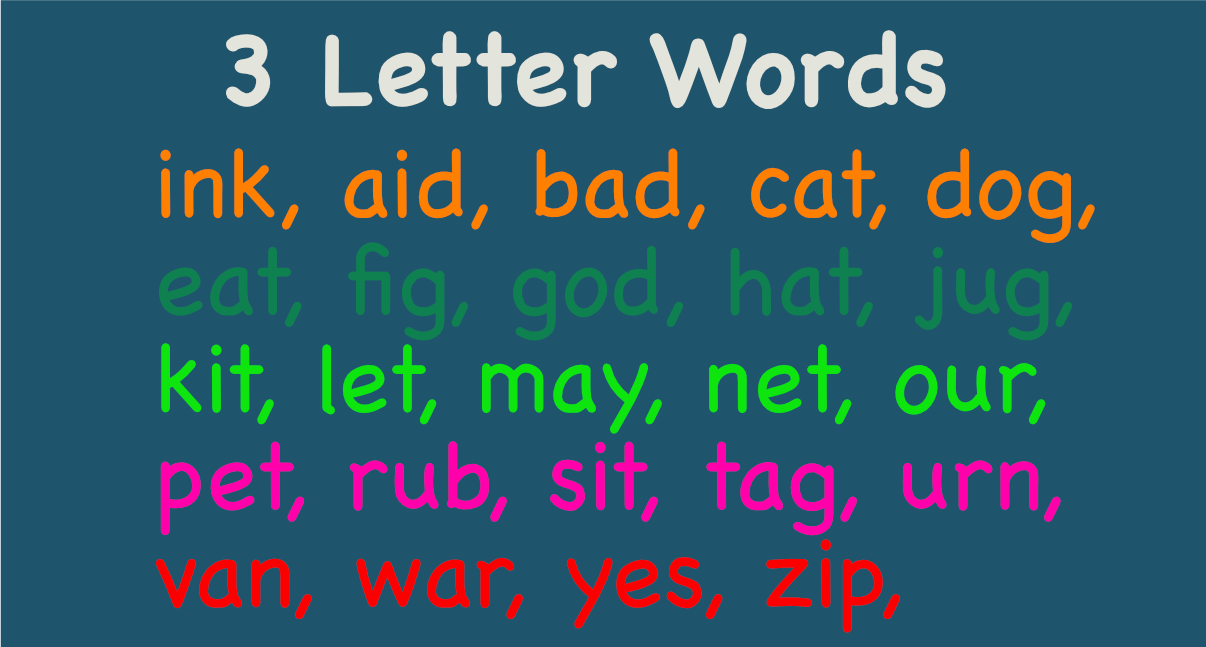
Learning how to recognize colours is an important step in the development of a child’s brain. Learning the different colours helps your child develop hand-eye coordination, fine motor skills, and language development.
Colour recognition activities also help boost creativity and imagination. Colour recognition activities for babies come in various forms, including art projects and printables.
Contents
- 1 Fun Ways To Introduce Colors To Your Child
- 2 Using Craft to Introduce Colors to the Baby
- 3 Coloring Books
- 4 Simple Board Games
- 5 Color Recognition Increases math skills
- 6 Early Mathematics Skill Levels Predict Future Math Achievement
- 7 Don’t Force the Child to Learn Every Color
- 8 Names of Objects
- 9 Enhances Productivity
- 10 Color Is An Important Source Of Information For Babies
- 11 Improves Balance
- 12 Final Thoughts
- 13 Why Color Recognition is Important
- 14 Colors and Shapes Help Babies Make Sense of Our World
Fun Ways To Introduce Colors To Your Child
One of the easiest ways to introduce colors to your child is to incorporate some fun activities. One of these is mixing up different colors. This is a great way to encourage early identification and development of hand-eye coordination and fine motor skills.
Using a variety of different materials can also foster creativity and imagination. You can also introduce colors through fun songs. Kids enjoy silly songs, and they can help you introduce colors in a natural way.
Using Craft to Introduce Colors to the Baby
Another fun way to introduce colors is through crafts. You can encourage your child to make pictures out of a single color or the colors of the rainbow.
You can also play a game that involves smashing different colored balls. You can call out the colors and see if they match. Another fun activity is to pair up various toys to the colors of the rainbow.
Coloring Books
Colouring books are also great ways to introduc child development color recognition. You can point out various colors in each page and talk about them with your child. This will help your child to learn to focus on the details in a picture and build visual discrimination skills that will be useful throughout life.
Another activity that will help your child learn to identify colors is to hide objects of the same color throughout the house. This will encourage your child to find and identify them, which will increase their ability to remember information and create stronger neural connections.
Simple Board Games
Other fun ways to introduce colors to your child include playing simple board games. Games like Candyland can be fun for preschoolers and help your child learn how to count while playing. Using colors in games like I Spy is also a great way to reinforce the colors in your child’s environment. You can play I Spy traditional or more interactively, by pointing out a color and your child must search for it.
Color Recognition Increases math skills
Introducing colour recognition to babies is an important step in developing their math skills. Leading educators recommend early exposure to colour, shapes, and patterns.
Those early years are critical for children to develop their spatial skills, critical thinking, and broader knowledge of the world. Children also learn how to compare objects by their attributes, which supports their mathematical development.
Early Mathematics Skill Levels Predict Future Math Achievement
It’s important to remember that a child’s early math skills can predict their future performance in school. Studies have shown that early mathematics skill levels predict math achievement through the fifth grade.
For this reason, it’s important to encourage your child to talk about math concepts with you. Try using terms such as “plus,” “increase,” and “more than.” When your child first introduces a new concept, take time to explain what it means.
By the age of four, the Centers for Disease Control recommends that children recognize a number of colours.
Don’t Force the Child to Learn Every Color
However, parents should avoid forcing their child to learn every single colour – some children learn them more quickly than others. Regardless, children who know two or three colours are on the right developmental track.
Names of Objects
Another way to develop your baby’s math skills is to teach them the names of objects. This will help them distinguish different shapes and colours. Then, they can begin to associate colours with objects they have familiar with.
This can help them in problem solving, math, and science class. These skills may also help them in putting their grocery shopping away.
In addition to counting numbers, children also learn to memorize words related to them. This helps them understand rules and ideas about numbers. They also learn that numbers and letters are different from each other and that they should be in the correct order.
Enhances Productivity
Children have the capacity to learn many things from the environment, including colour recognition. This is especially important when they’re in the early years of development, when they can’t fully communicate through speech or writing.
Color Is An Important Source Of Information For Babies
Fortunately, color is an important source of information for babies, and a colourful environment can help them to demonstrate their full potential and enthusiasm for learning. Moreover, this ability can help them improve their productivity by reducing errors.
Studies have shown that colour affects our central nervous system, which is responsible for emotions. Depending on the mood evoked by a certain colour, our body will produce either a happy or calming hormone.
Choosing the perfect combination of colours for the learning environment is therefore crucial for the success of your child’s development. For example, warm colours promote happiness while cool hues are calming.
Improves Balance
Developing children’s sense of balance is a key part of childhood development. The environment a child grows up in can influence their balance and encourage healthy growth.
Good balance not only decreases the risk of injuries, but also improves posture and confidence. For babies, learning to recognise colours and patterns will enhance their ability to maintain their balance.
Final Thoughts
Colour recognition is a vital part of the cognitive development of babies. Colours are everywhere, so learning how to recognise them helps babies identify the world around them. It also helps children develop descriptive language skills which are necessary for clear communication.
By the time children are around three or four years old, they will be able to recognise most basic colours. Parents can reinforce their child’s early knowledge of colours by placing various coloured items around the nursery.
Why Color Recognition is Important
The ability to recognize colors is a crucial cognitive milestone for infants since it aids in object recognition and the development of children’s descriptive language abilities, both of which promote effective communication and comprehension.
The cornerstone of so many later learning disciplines, including reading, arithmetic, and science, as well as how we move through our environment, is color and shape.
Nearly every aspect of life requires these fundamental skills, such as comprehending traffic signals and road signs, or the spatial awareness needed to determine how things can fit together, or the ability to distinguish between colors on a map or wiring.
Colors and Shapes Help Babies Make Sense of Our World
The truth is that we organize and define our reality mostly via the use of colors and shapes. Children will pick up on the differences between red and yellow flowers as well as the shapes of square and round bread slices.
Verbal communication: Giving kids a vocabulary for expressing their surroundings by teaching them about colors and forms is a terrific idea. This makes spoken communication possible in novel and fascinating ways.
Sorting and categorization: As kids get more adept at recognizing colors and forms, they may organize the world around them into categories using these characteristics.



